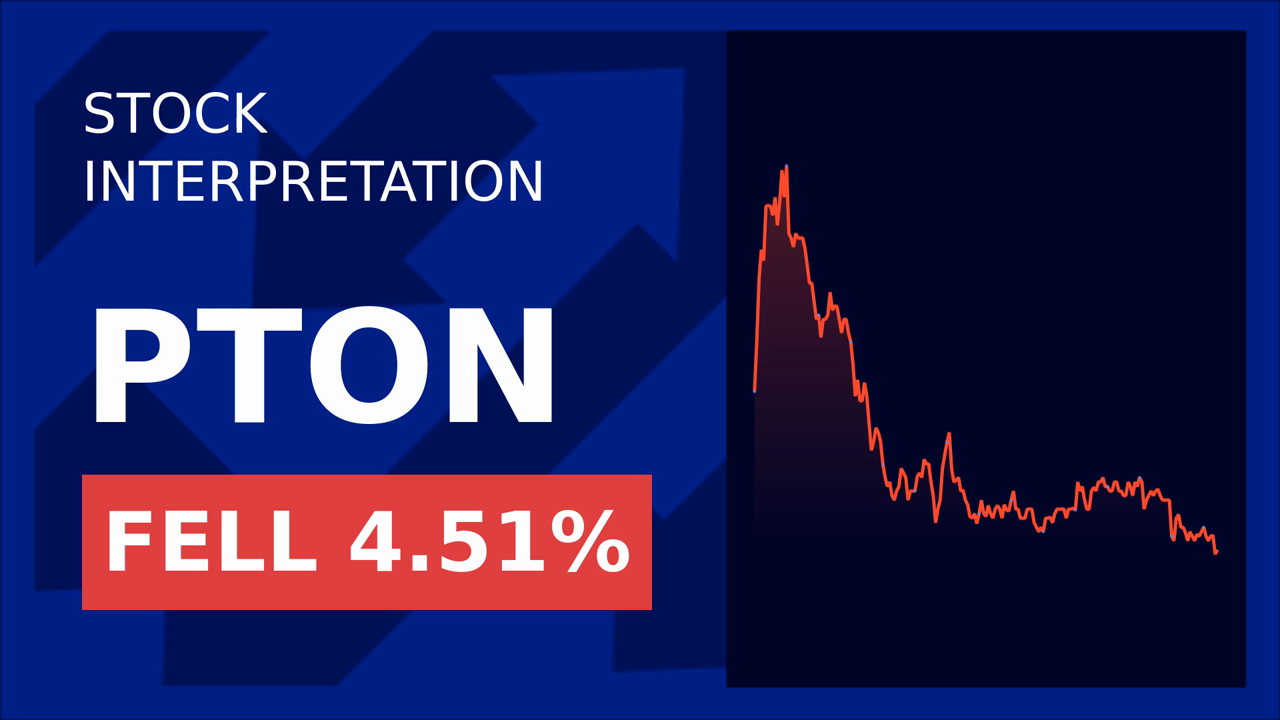Traton's Sales Slide Signals Bigger Industry Headwinds
The commercial vehicle market is bracing for turbulence as Traton Group, Volkswagen’s truck unit, reported a 10% year-on-year sales decline in Q1 2025, with U.S. orders plummeting up to 20% amid a perfect storm of supply chain bottlenecks, regulatory uncertainty, and shifting demand patterns. The results underscore vulnerabilities not just for Traton, but for the broader industry grappling with structural challenges.

Regional Breakdown: A Tale of Two Markets
The U.S., Traton’s most troubled region, saw orders drop by 15-20% depending on the segment, driven by semiconductor shortages that cut production at its Texas facility by 10% and delayed deliveries. Competitors like Navistar and Freightliner amplified the pain with aggressive pricing, eroding Traton’s market share. Meanwhile, economic uncertainty—including rising interest rates and inflation—spooked corporate buyers in logistics and freight, sectors that account for the bulk of its medium- and heavy-duty truck sales.
Europe fared slightly better but still faced a 10% sales decline, with Germany’s home market falling 12%. Stricter emissions regulations, delayed certifications for new models, and weaker business investment weighed on demand. In Asia-Pacific, sales dipped 5%, with China’s slowing industrial activity and trade tensions dragging down results.
The Elephant in the Room: Supply Chains and Regulation
Traton’s troubles are not isolated. The global semiconductor shortage, which has plagued automakers for years, continues to disrupt production. For Traton, this has meant delayed deliveries of critical components from Asian suppliers, compounding U.S. order backlogs.
Regulatory overhang adds another layer of risk. The U.S. EPA’s 2027 emissions rules have created uncertainty for truck buyers, who are deferring purchases until compliance pathways are clearer. Traton’s management admitted these delays are “temporary,” but such uncertainties could linger until clarity emerges.
Data in Focus:
The stock has underperformed peers, down 22% since late 2023, reflecting investor skepticism about its ability to navigate these headwinds.
Management’s Playbook: Cost Cuts and EVs to the Rescue?
Traton’s response includes cost-cutting measures and a push into electric vehicles (EVs), which saw sales surge 97% in Q1. While this highlights long-term ambition, the company acknowledges it will take 12–18 months for these efforts to stabilize margins. For now, adjusted operating profit fell a staggering 58% year-on-year to €646 million, underscoring near-term pain.
The Bottom Line: Hold or Fold?
Traton’s Q1 results are a mixed bag. On one hand, the U.S. order slump and supply chain woes are acute but not yet existential. The company maintains its -5% to +5% full-year sales guidance, suggesting confidence in a second-half rebound. Meanwhile, EV momentum and cost discipline offer hope for stabilization.
However, risks remain. The global truck market’s cyclical downturn—driven by weaker freight volumes and capital spending—could stretch longer than anticipated. If the U.S. economy tips into recession, Traton’s exposure to North America could amplify losses.
Final Take: Investors should tread carefully. While Traton’s strategic bets on EVs and cost control are prudent, the stock’s valuation—trading at 7.8x forward EV/EBITDA—reflects these near-term challenges. A rebound hinges on resolving semiconductor shortages, clearer regulatory paths, and a stabilization of global trade. Until then, Traton’s results serve as a cautionary tale for the broader commercial vehicle sector.
Conclusion: Traton’s Q1 stumble is a symptom of industry-wide pressures. The company’s ability to adapt hinges on supply chain fixes and regulatory clarity, but investors should prepare for volatility. With operating profit down 58% and U.S. sales still contracting, patience may be the only viable strategy—unless the market’s pain points resolve sooner than expected.

_ea5fa73f1750203501414.jpg)
_dab570481750202897772.jpg)







